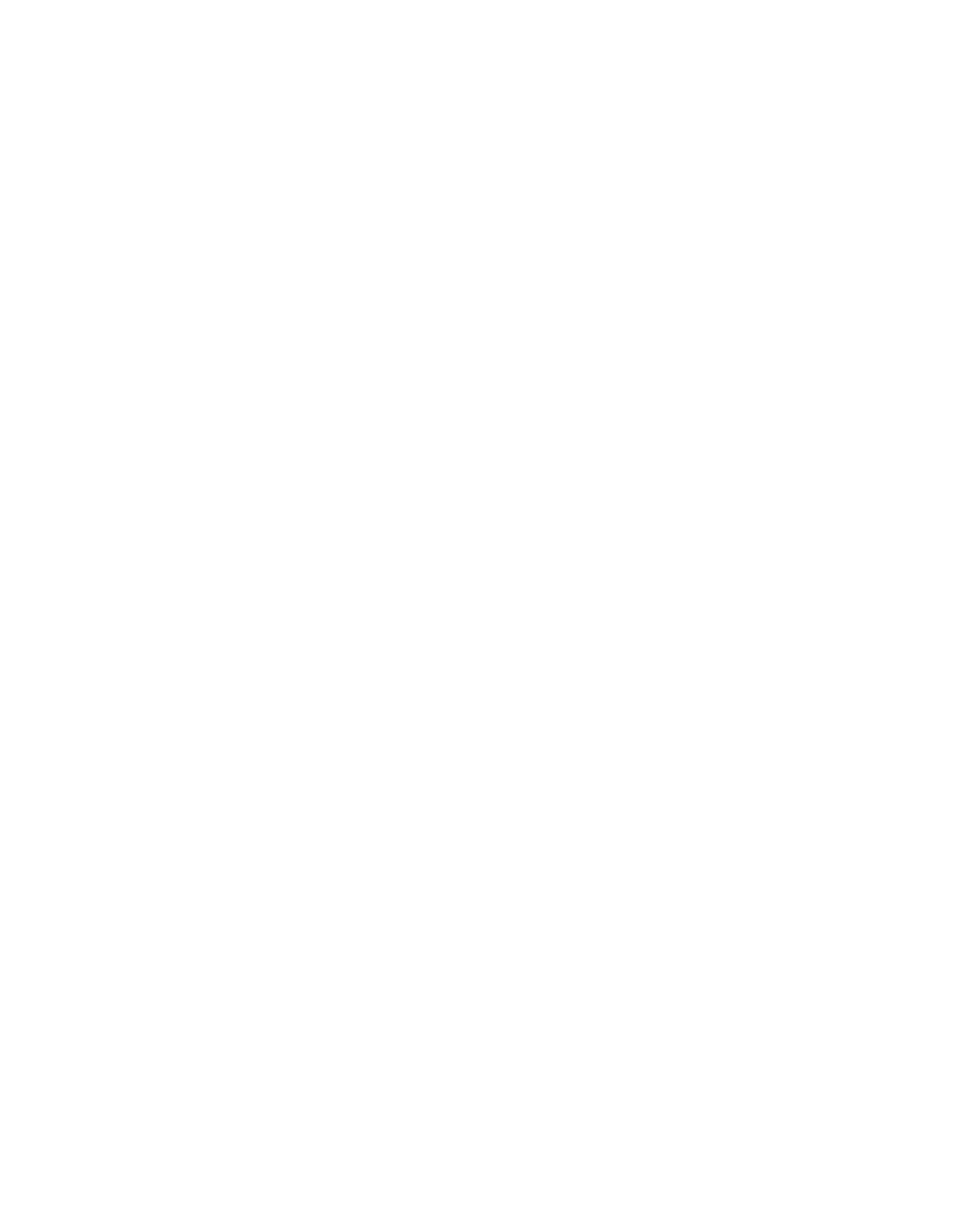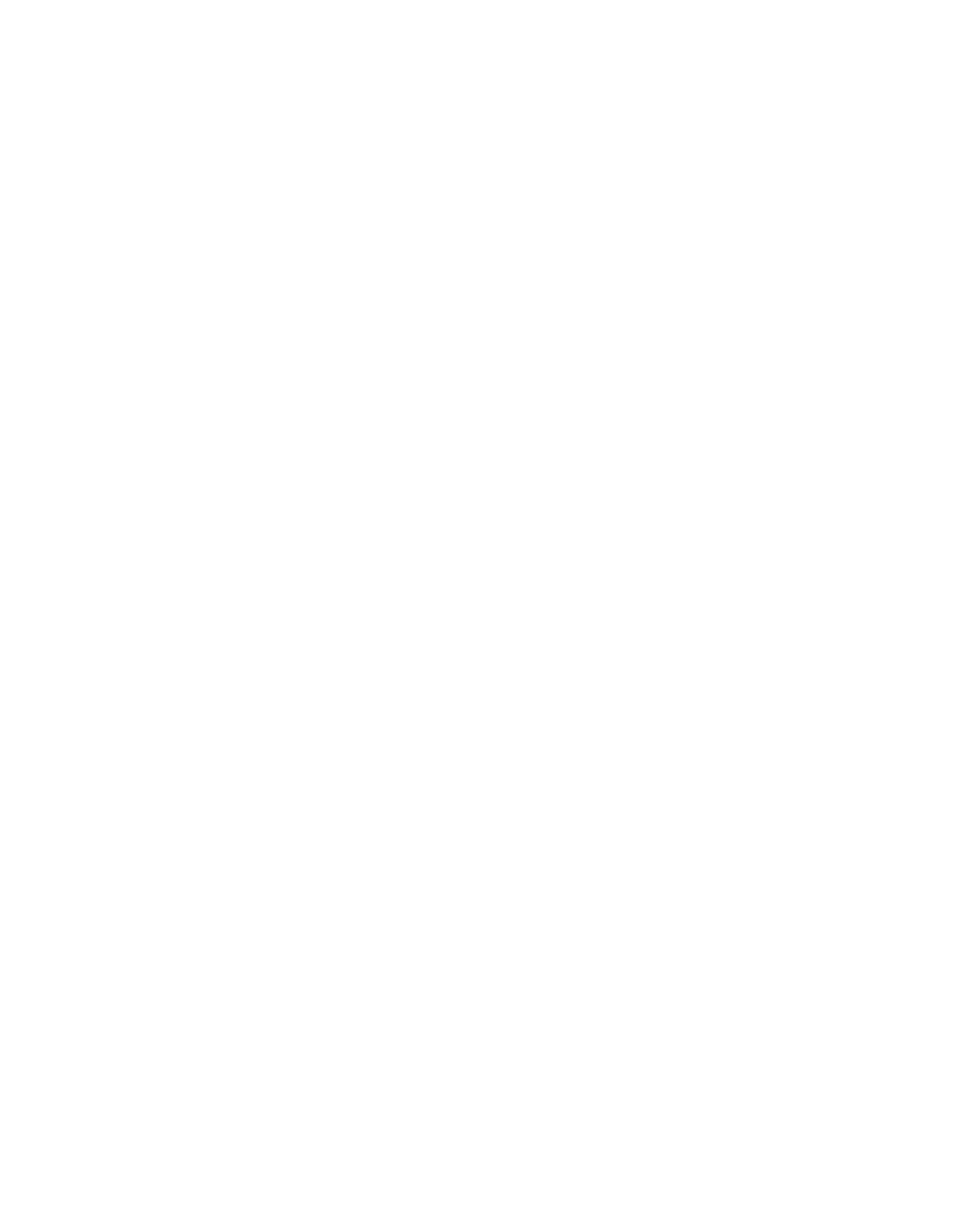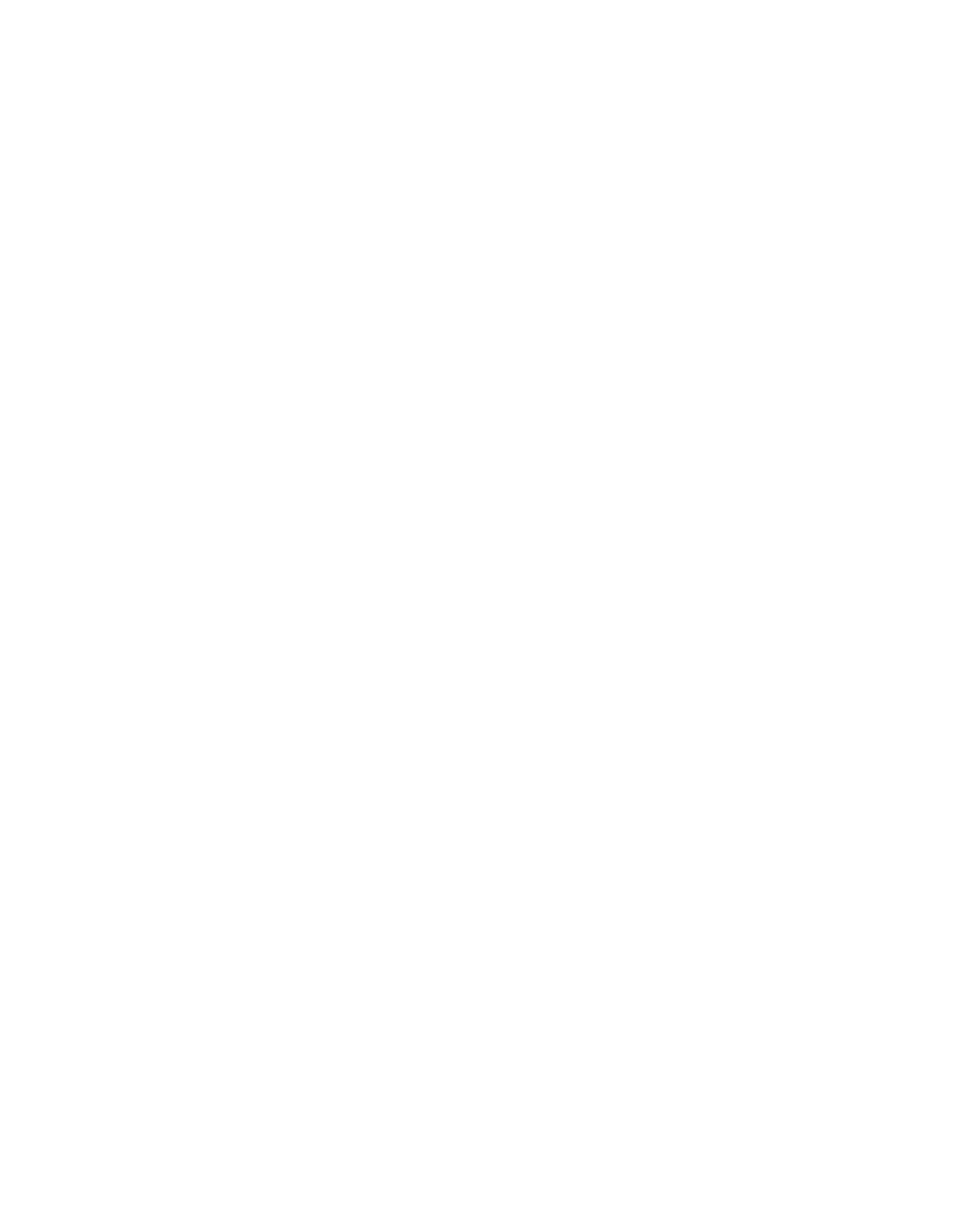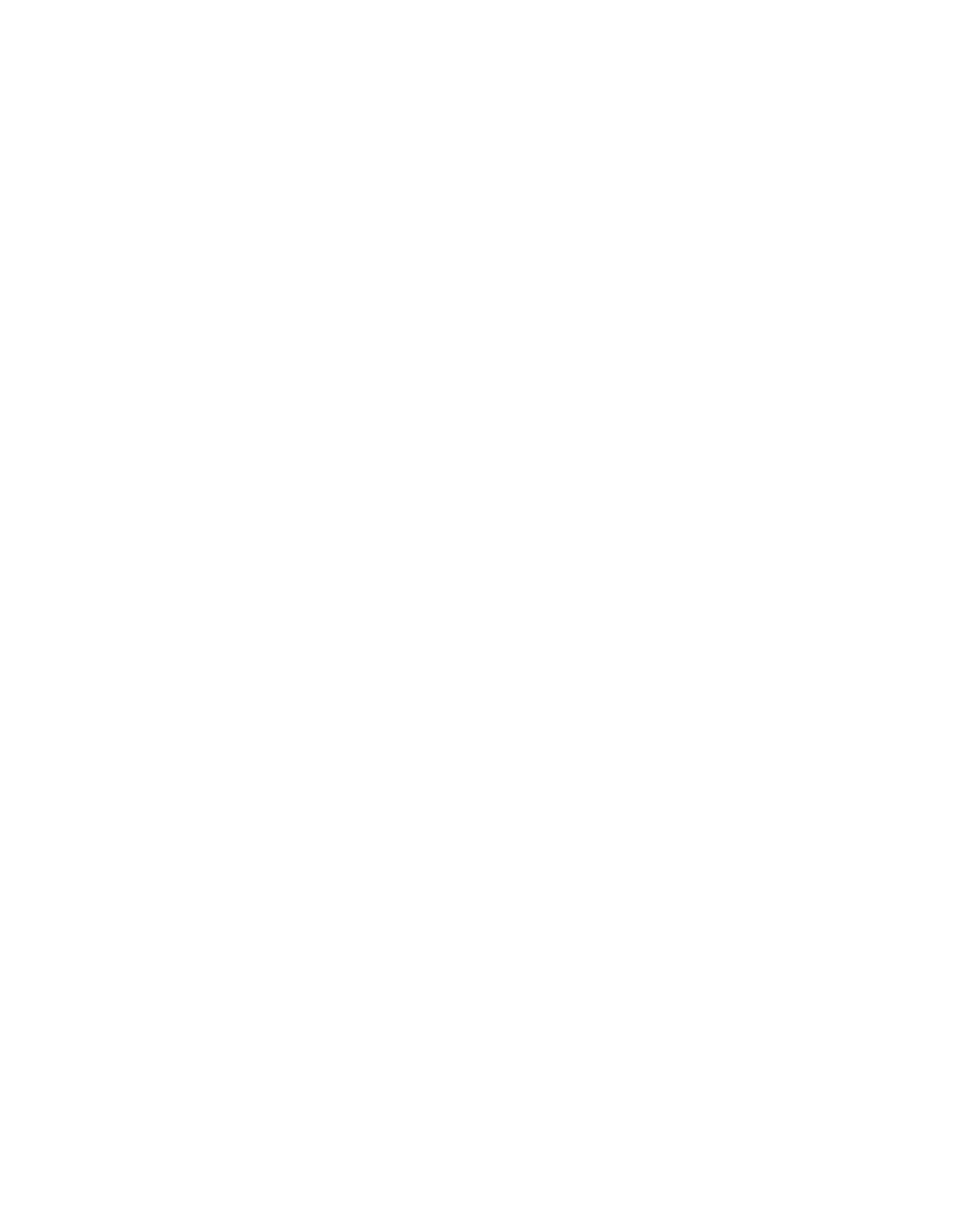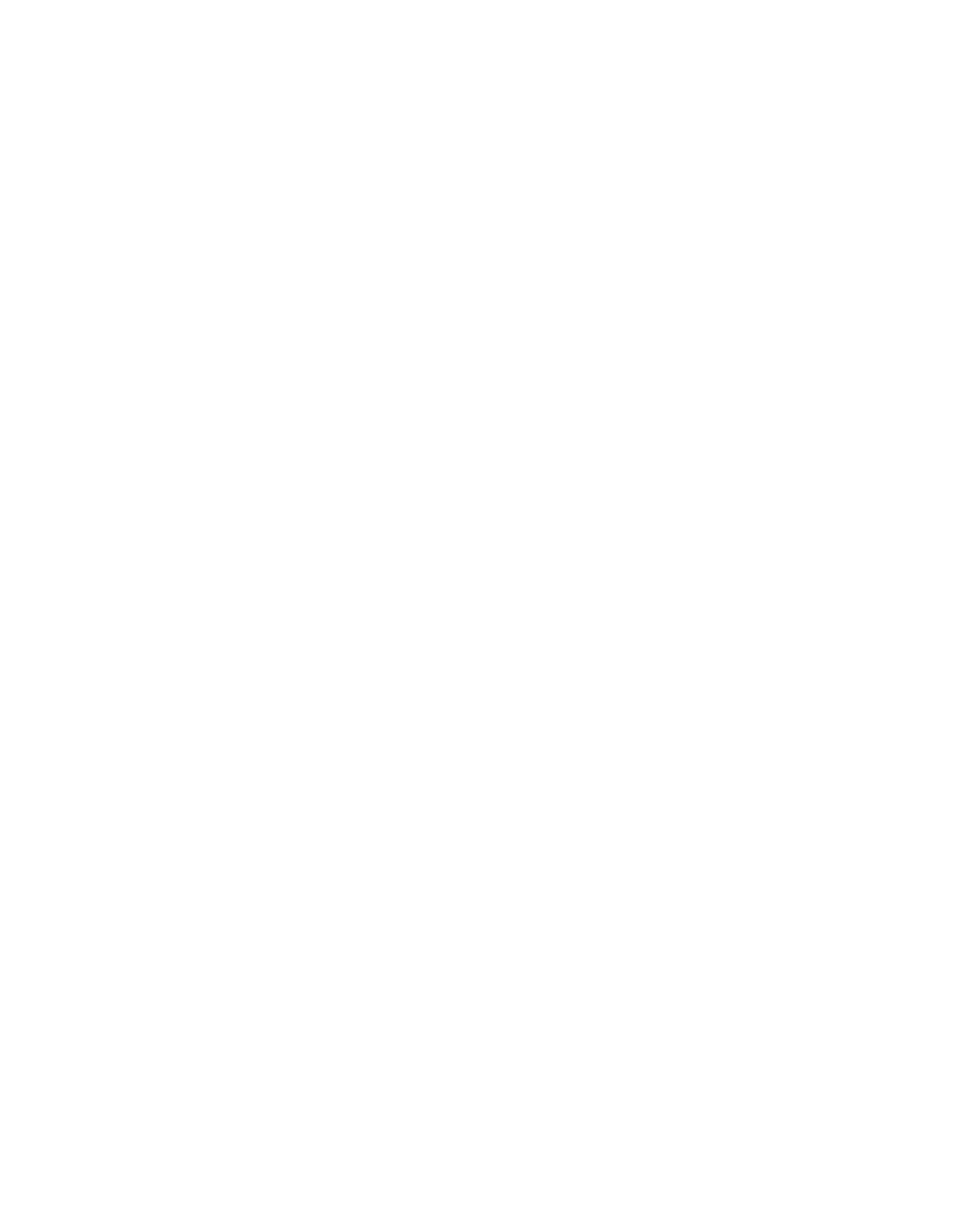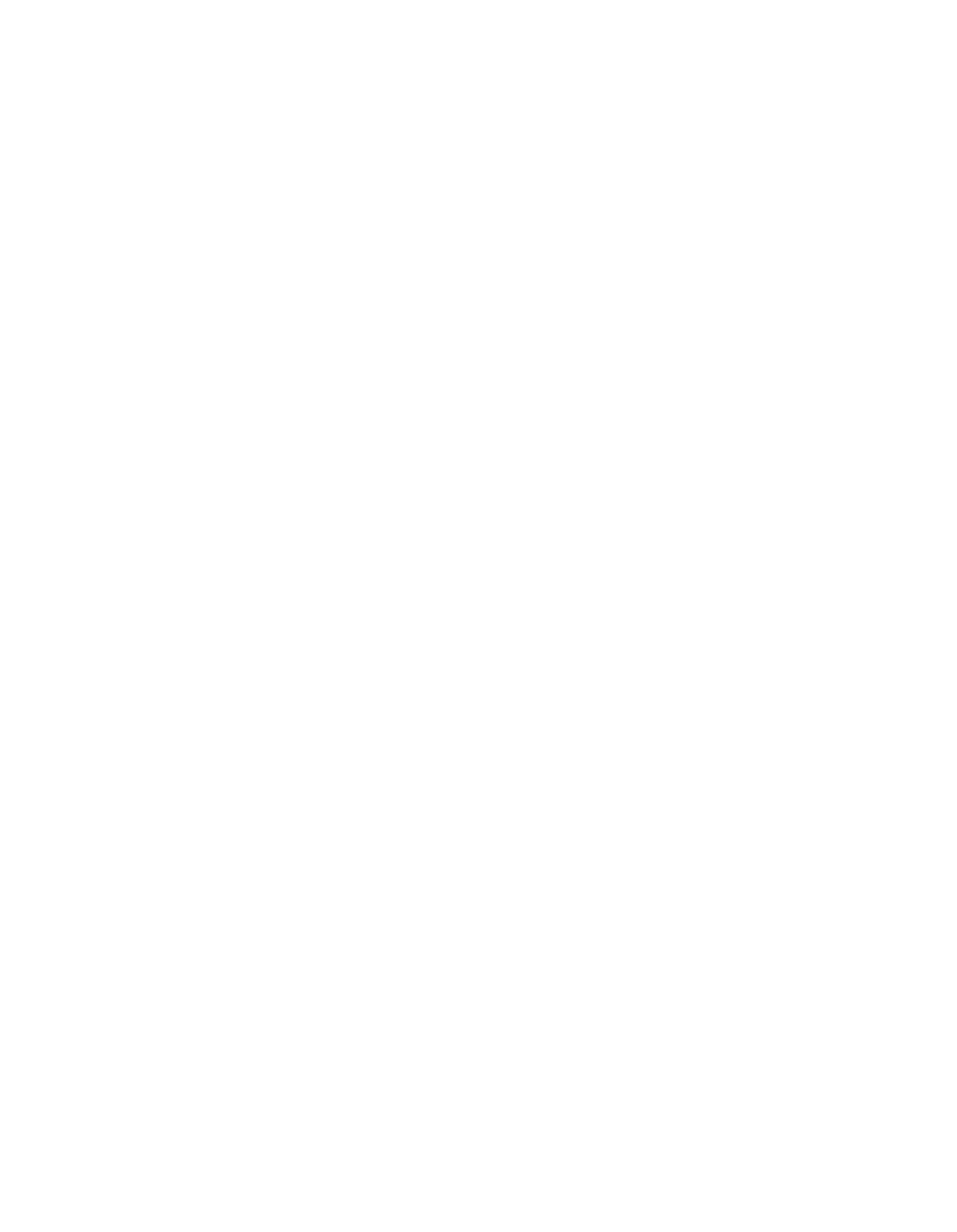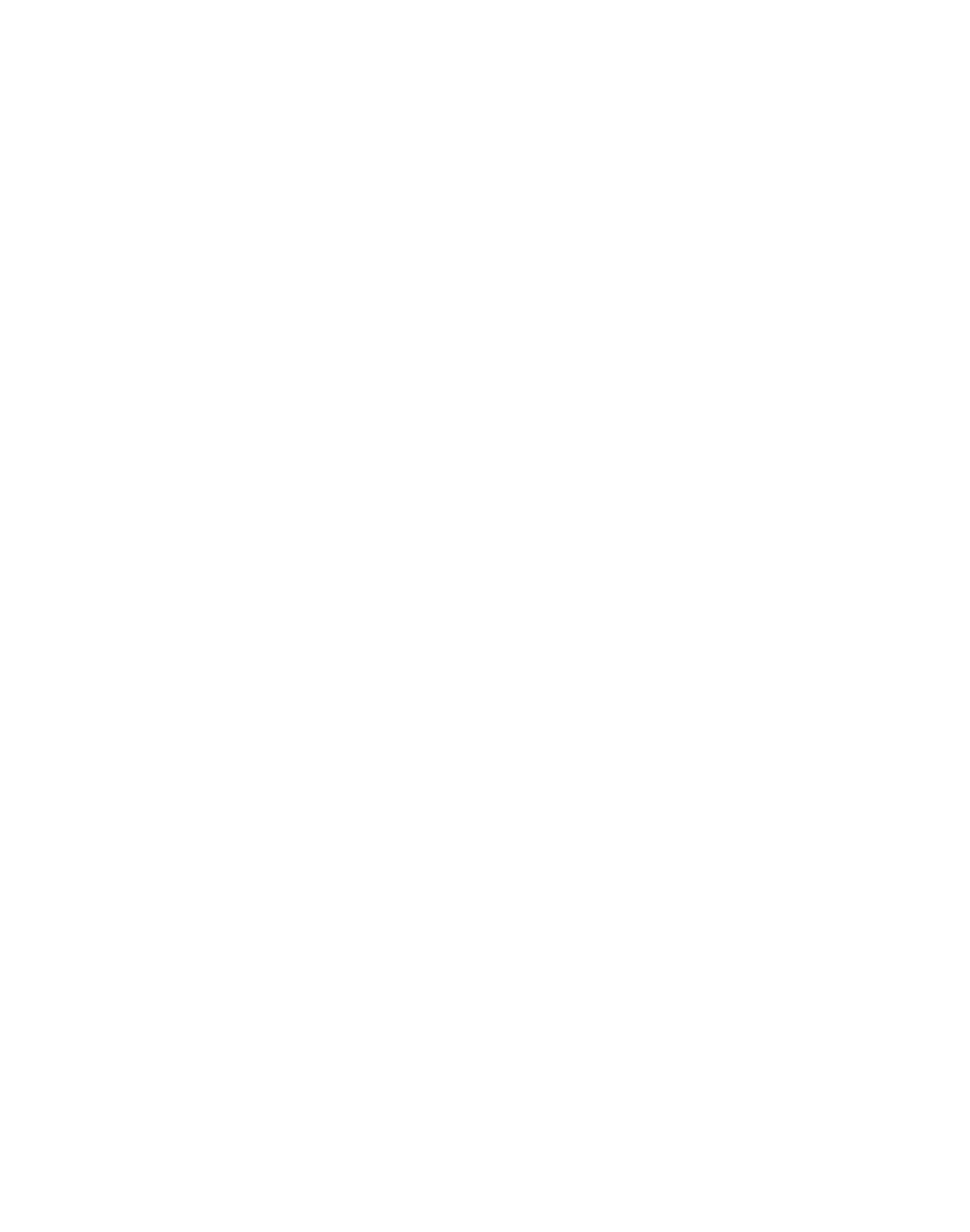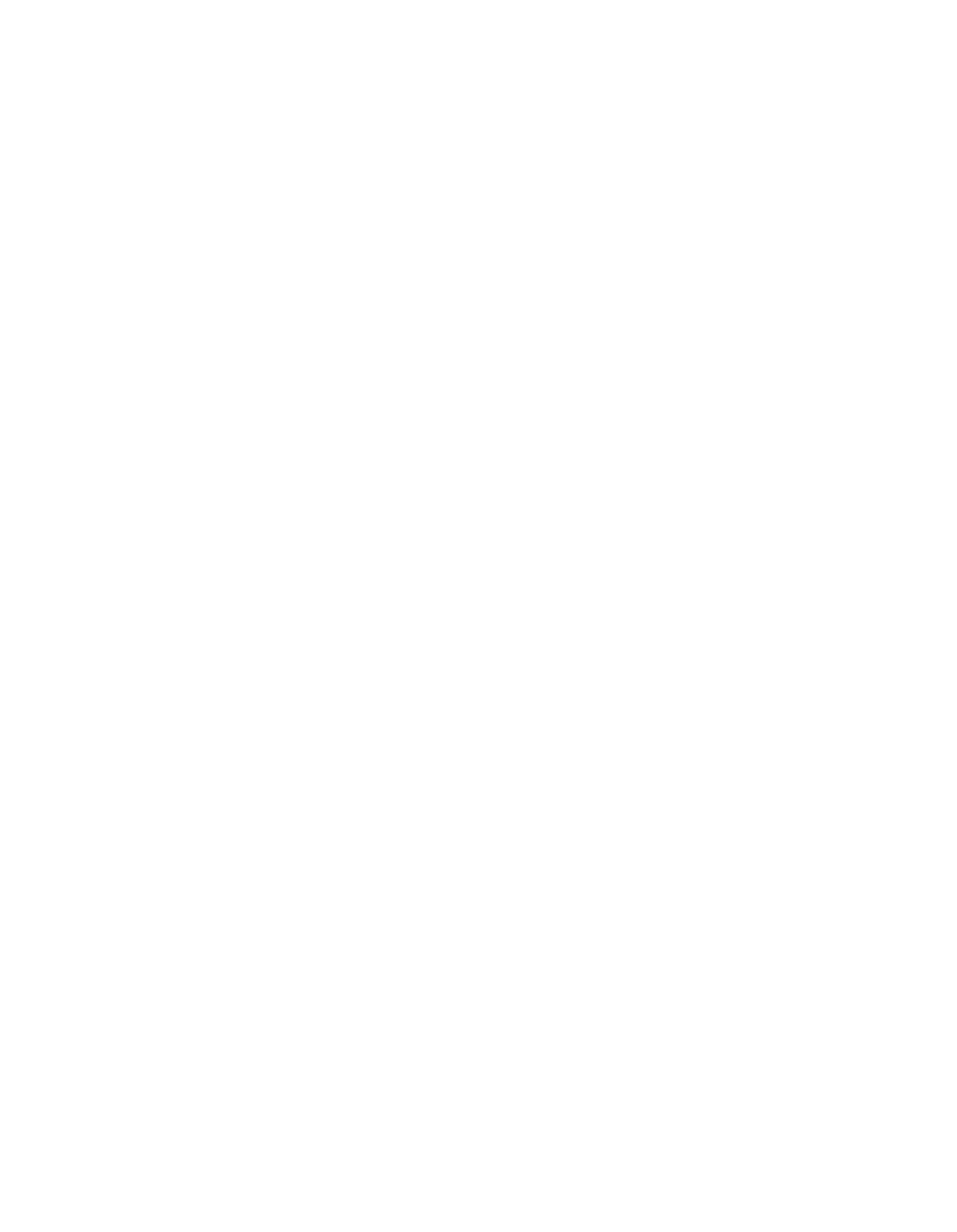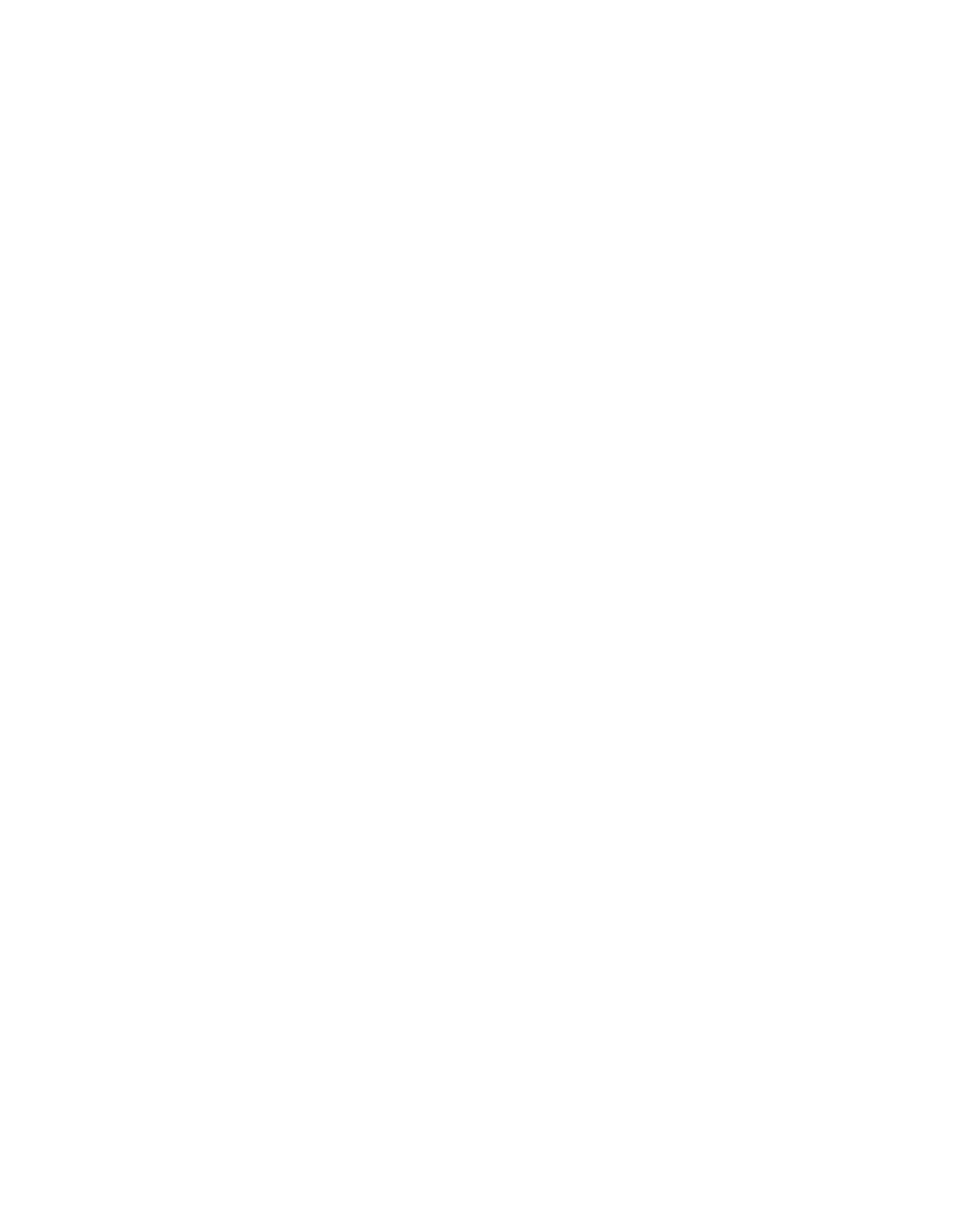ILLINOIS POLLUTION CONTROL BOARD
June
22, 1978
IN THE
MATTER
OF:
AMENDMENTS TO THE AGRICULTURE
RELATED POLLUTION REGULATIONS
)
R76-15
OF THE ILLINOIS POLLUTION
CONTROL BOARD
)
PROPOSED OPINION
AND
ORDER OF THE BOARD
(by Dr. Satchell):
This regulatory proceeding was initiated before the Board
by the Illinois Environmental Protection Agency
(Agency)
by
filing a petition on July 9,
1976 for amendments to the
Chapter
5:
Agriculture Related Pollution Regulations
(Chapter
5).
This proposal was numbered R76-15 and published in Environmental
Register #130, July
30,
1976.
Public hearings were held on
this matter on August 23, 1977 in Mt. Vernon, Illinois and
August 25, 1977 in Moline,
Illinois.
Economic impact hearings
were held on February 7, 1978 in Galesburg,
Illinois and
February
8,
1978 in Jacksonville, Illinois.
The purpo~eof these
amendments
is
largely
to
comply
with
Federal requirements.
These amendments will make the Board’s
Chapter
5 consistent with the revised
(as of March 18,
1978)
USEPA National Pollutant Discharge Elimination System
(NPDES)
program
on
animal
feeding
operations.
The
second
reason
for
the amendments is to set a fixed date for compliance with
part one of Chapter
5 for all feedlots not subject to NPDES
authority.
The current dates, established in March,
1975, were
set to be effective for new facilities when Illinois received
NPDES
authority
from
USEPA
and
for
existing
facilities
thirty
months after receipt of NPDES authority.
This authority was
believed imminent at the time
(R.
12).
However, Illinois did
not
receive
the
authority
as
expected
and
the
compliance
dates
were consequently pushed forward.
Thus in this proceeding the
Agency has sought to establish
a date certain for compliance.
It should be noted at this point Illinois received NPDES
authority in October 1977 and notice was filed with the
Secretary of State on October
24, 1977.
Hearings concerning livestock waste were held in 1972 and
1973;
however, these were stayed pending further agricultural
input and developing federal regulations.
On July 5,
1973 the
federal regulations were finalized.
The Board adopted regulations
on August 29, 1974.
These were amended on September 5,
1974
and again on March 26,
1975.
This final amendment set the cur-
rent compliance dates.
The Agency believes there has been adequate notice to
those facilities not needing NPDES permits to obtain compliance
aO-695
—2—
with
the regulations
(R.
12,
13) and that thirty months from
October of 1977 is an unwarranted amount of time to achieve
compliance
(R.
13).
The Agency proposes a December 31, 1978
compliance date
(Aug.
22,
1977 amendment).
This wouldallow
a
complete construction season for facilities not already in
compliance to comply.
The Agency further submits that con-
sidering the lengthy proceedings in this cause there
is no
element of surprise to livestock producers
(R.
13).
The Agency
estimated that 300 to 500 facilities would need to make major
modifications to meet Rule 203 and that a “goodly number” of the
40,000
feedlots in Illinois would need to make minor modifica-
tions to meet the requirements of the regulations
(R.
16, 46).
Dr. Donald W. Lybecker, the author ci
the economic impact
study, made the following observation concerning compliance dates.
“The point is that if a farmer is going to have
to make a capital investment in animal waste pollution
abatement facilities, in general the investment is
better made sooner than later.
Givex~the range of
interest rates during the last five years and the
increase in the cost of labor and materials for the
construction of the pollution control systems,
a
return
of~fromnine to 13 percent above the cost of
capital woul~be realized.
Exceptions
to this generalization must, how-
ever,
be noted.
Those producers who are short of
capital and find themselves with relatively large
debt loads may not be able
to finance the necessary
capital improvements or
if
so, they may be required
to pay a premium for the required additional
funds.
Table 3.13 shows the variation of returns for hogs,
feeder cattle and dairy cattle for the period 1966—75.
During these ten years,
only hog producers have been
able to cover all of their feed and nonfeed costs.
Both the dairy and feeder cattle operators show
losses on average.
Projected nonfeed costs for future
production show increases of from 38 to
50 percent,
indicating additional income pressure for these
livestock operators.”
(IIEQ Doc.
No.
77/23, pp.
37,41)
This analysis was brought into question at the economic impact
hearing because it compares interest rates with price indices.
This would cause the “return from nine to
13 percent” to
disappear.
A representative of the Illinois Livestock Association,
John Killam, observed at the February
7,
1978 hearing that the
variables affecting the industry are so great that it is dif-
ficult to put numbers on the economic impact
(R.
109—113).
30—606
It was r~
I at the hearing that the two methods of
compliance c1~o~~
~
economic analysis, the vegetative filter
ard the holdi
pond,
are perhaps the most expensive methods of
c~uaeiiancear~ that by use of some simpler methods costs might
be decreased
(F.
94-96).
One such method might be shifting a
feedlot from cue side on
a hill to another to avoid direct
runoff into
a s~ream. Assuming some farmers have some such
cptions availab~ethe costs would be lower than estimated.
It
should be noted that data in this area are not readily available.
Vuch of the a
romic impact analysis was done with reliance on an
unpublished Soi
Conservation Service
(SCS)
document
(Reference
*30 of IIEQ Loc
No.
77/23).
This document reflects estimates
of numbers of ~eedlot operations
in Illinois that would be
believed to be in violation of specified effluent guidelines
(Rj.
101-103)
These estimates were received through a survey
of people workirg with SCS and extension services
(R.
102),
The Board
bserves that feedlot operators have had sub—
stantial notic
of these regulations because of the on—going
regulatory process since 1972.
These operators even without
Chapter
5 wou
d have to be concerned with compliance with Chapter
3:
Water Poll ~teon Regulations and Section 12 of the Environ~-
mental Protection Act (Act),
Ch.
111 1/2 Ill,
Rev.
Stat.
§1012
~1977)
The e onomic impact of these proposed regulations
considered in ~thislzght become negligible.
The fact that these
egulations
er
ate already existing Federal Regulations raises
‘re question:
is’there any new economic impact as a result of
action by the
~ate of Illinois?
The Boatd
ill enact an earlier compliance date for Rule
401(a) of Chapa~r5.
However,
due to the time delay since the
Agency~sprop~ü the Board will extend the date beyond its
proposal to Jots 30,
1979.
The Agency has indicated that those
operations in~ ned to come into compliance will have already
done so
(R
l~’
13);
however, this will provide an additional
six months
nOt
~e
to those who might be awaiting official action
on the regu1~ion.
Other than the compliance dates all the proposed changes
in the Chapter
5 Regulations are in response to amendments to
the Federal NPDES program on Concentrated Animal Feeding
Operations pu~irthed
in the Federal Register on March
18,
1976
(R.
41,
51).
~de changes include six new definitions wnich
are animal feeding operation, animal unit, man—made, man—made
ditch
navigable waters and silvicultural point source.
An
animal feeding operation is defined as
a facility where
animals are confined for
45 days or more per year and the
entire lot is void of vegetation during the normal growing
~eason.
This excePts pasture operations with proper management
(R.
51).
The definition of an animal feeding operation is
substituted ~
the term livestock feedlot,
This means that
30-607
—4—
minor changes
hula 104(c)
and to the definitions for
feedlot runof::
-
:ciok management facility
and
livestock
waste
The defin:
:2’
~
silviculture point source reflects the
latest USEPA rev’:ll~nto clarify that the discharge must be
specifica:Lly
re~:. ~o
s~lvicultural
activities
(R.
52)
There
are no silvicull’~.
point
sources
in
Illinois
(R.
79).
The definitInt rf animal unit is quite similar
to that
promu.gated by 1hll~e
To make the list more nearly complete the
Agency
proposed
-ed.
multiplier
numbers
for
young
dairy
stock,
swine
weighing mJ~ ~
pounds,
turkeys,
laying
hens
or
broilers,
and
duci~s
(R.
~
~u~ing
the
course
of
the
hearing
the
term
~hrood
cows’~ w~r ~~ded
to
the
slaughter
and
feeder
cattle
category
and
‘llr::~
~r
goats~
was
added
to
the
sheep
category.
These
changes
we::t-
eisa
made to assure
ease
of
understanding
in
noraDuting
a~n’
units.
The defin:
-:
~f
man—made
and
man-r:ade
ditch
were
included
to :nake it clear
llr
a
vegetative
filter
would
be
considered
a
treatment
dev:LCL
~-~nd
not
a
man—made
ditch.
The navi’~ahll~~~:ters
definition
is
that
of
40
CFR
125.1(p).
Rule
104(r’
een
modified to
simply
state
that
all
persons
must
c:~
-
:Lth
the Environmental Protection Act and
all
Board regUl~
This
is
simply
a
restatement
of
the
law.
Rules
202 ~ll ~03 deal with NPDES permits.
The amendments
break
down
ren~.
2
ots
in
greater
detail
than
the
existing
form.
As
previously
n:.
:
tue
modifications
in
the
requirements
are
made
in
accorhe~
:::th
the
revised USEPA orogram on Concentrated
Animal Feeding 1aenullons.
Rule 202 (a)
requires an NPDES
permit
for operatlcns
;
:~-7
tore
than 1,000 animal units.
The single
exception
to
~llo
Li
the
operation
discharges
only
in
the
event
of
a
25~v~~
~4-hour
storm
event.
Rule
202(b)
requires
an
NPDES
permit
~oerations
with
300
to
1,000
animal
units
1± either
of n:~o
-
Utions
are
met:
(1)
pollutants
are
dis—
~
arged
direcot’
-
-
nwigable
waters
through
a
man—made
device,
or
~2)
pollu:::
-
~-
a
discharged
directly
into
a
stream
or
other
body
of
~
-,
~t~:ch
comes
into
contact
with
the
confined
animaL
b
Rule
203
p:c•.
-
ice for case—by--case determination for NPDES
permits other ‘h~
v:ee coming under Rule 202.
After consideration
of
tne
factors
ce~
c~th
in
the
regulation
the
Agency
may
designate
a
facili::v
as
r~r
~:ng
an NPDES permit.
Prior
to requiring a
nermit the Agen:~~
:.ost-
make
an
onsite
inspection
and
notify
the
owner
or
opera’:
~: wthting.
No
permit
may
be
rec~uired
if
the
animal
feet:
.;
m:eration
discharges
only
in
the
event
of
a
25-year,
24-~hctr
‘om
event,
Under
Rule
203
t’PDES
permits
can
be
required
crib
:~s:ther of the following conditions
is met:
(1)
there
is
t
i. :~~nergethrough a man-made device,
or
(2)
a
stream
or
oth~r
waL.
::-
comes
into
contact with the confined
ani:nals.
30-608
A
new
paragraph
hi
b~auded
.0
~.uis
2u7.
tu~e
2U7ycj
concerns
land
trust
c1ct~uos,
~
once
again s_m~ly s-ates
the
law of Illinois,
In
the
economic
ana1ys~s
Dr.
Lybecker
considered
most
of
the
changes
proposed
other
than
the
compliance
date
as
having
no
economic
impact.
The
one
exception
in
the
analysll
was
the
300—1,000
animal
unit
operation.
ii
it
is assumed these operations
are
not
covered
under
current
regulations
then
:tbout-.
6
iOO
livestock
operations
would be affected
~IIEQ Doc,
77/23
p.
2).
For
128
farms
with
surface runoff problems
the
investment
costs
for
pollution
abatement would
be
i~C’it
~l.
6
million,
an r
an.
additional
net
operating
cost
of
can
~l~2
,000
would
be
incurred
annually,
i~.
This
of
course
in
tnsed
on
cbs
assumptio~
however~
these
operations
could
poss~b1y
ocne
under
the
current
Ruts
203
and
would
come
under
Federal
regulltlon
if
not
covered
by
the
State.
Consequently,
as
stated
earlier
there
is
a
qucation
if
there
is
any
economic
impact.
Ma~’nof
tne
problems
discussed
with
the
economic
analysis
of the compliance date arise
again
now:
the great variability
in
the
industr7,
the avaiiabilnt~~
of
data,
the
choice
of compliance
methods,
arid the requirements
of
the
Environmental Protection Act
duO-. other Board regulat~cns.
Based on
The iniorm~tionpresented the Board will cc.
-
the
changes requested by
the Agency in Rules 103,
104, 2o~,
23,
207
and 303 of Chaptef
5:
Agriculture Related Pollution
~egniat:tons.
Rule 401 will be modified as cons
tent
with this opi~ncn.
ORDER
It is the order
of
the Pollution Control Board tha: cbs
following modifications shall be made to Chapter
5:
Aqrllh:ure
Related Pollution ReguJat~ons:
In Rule
103 the definition of Livestock Feedict is
:oe&ed,
Rule 103 will
CO;~n.
the
following ~iewor modi:ruL
definitions:
Animal
Feedin9~jeration~
A
lot
or
facility
~other
~
an
aquatic
animai
production tac1~rty)where
the
following conditions are met:
(i)
Animals
have been,
are,
or will be
stab:Led.
or
confined
and
fed
or
maintained
for
a
total
of
4~
days
or
more
in
any
12-month period, and
(ii)
Crops,
vegetation,
forage
growth
or
pOSt~
harvest residues that are grown in place
ace
oo
sustained
in
the
normal
growing
season
o~rer an~
portion
of
the
lot
or
facility.
Two
or
more
animal
feeding
operations
under
co:rn’o~
~ninsr-
ship
are
deemed
to
he
a
single
animal
feeding c’~
‘
if
they
are
adjacent
to
each
other
or
if
they
ut
common area or
system
for the disposal of wastes
30~609
~eaen.t
nor
~ny
animal
e~ by
addng
tie
following
‘~,
r~vers
a~~d
llreams
,ihich
si
by
interstate
t~avelers
for
3
aa
Or
OLflC~
pui5~o~es;
cc
rivers
and
~treams
f~ru
~
-in
If ill
are
taken
and
sold
I L
Br~
ph
-
-
C
V(
C
Sw3r
Hor~e”
I
crY
~
tir
f-
La
Duci
tT
lo~
‘-
anurral
f~
other
wa~
ni
I
C
-‘
,ic
3t~c
-
~
‘-I
~
~ry
f’~c
05
~
-
(j
Ti
~
C
Mar
rt~~
:L~
a
to
di
ax
Na
itch
p t~
and
feeder
cattle
multi-
i-~
1.4
a1’i:~
3
by
6
ES
p
mdc n:ltiplred by 0.4
o
~o
pound~
nultxplusd
by 0.03
~
au~ itu~tiplrh
by
0.1
b
r
~
nn~rL
ry
0.01
(if
~‘r~n
~us
o~
~w
watering)
~ lJ~l.
c
by
0,03
(if
the
~4d
nancre
hndli~ig
system)
i
sy
~.
a
~
R
rl~
~q
from any
)
n~
ty
~
ci~n~itatuon
or
-
ig
or
:lcwing
onto
an
~
‘cu
feeding
opera—
a
~r_~
ung
and
ac—
‘1
I
-cr ~
‘eT,oL1c~ted feed
m-
c.
~
~rix
cup
ivaters
from
pcraciou
pcr~taJ
o~
falling
on
~ ~cr,
and
other
:
3
y
tan
cu’
c.
the
purpose
cu
et~ cu~-~ure
~i~i
excavated
a
~ia
-~
~j
ll.estock
S
cucera
rth~
h
ILOt
to
be
~3
p~ne
disposal
e~vucr
~
.~
crcu
~i-e
form
)taCS
wa
e~.
-
a~
.ysten.
i
L~Ei~
(iL
t~t.
cru
St~tet~
ci
-~
,r~to~
ll
~ie
ul-ILCU
btates;
~
na~ip~c~l~xate
s
of
the
~)
(6)
-i~. ~
~ka:
o1vnrs,
cud streams
which
are
‘arc ¶ized
for
uncustrial
purposes
by
~ndustrths
~n
inre:-state commerce,
Silvicultural
Point
Source:
Any
discernible,
confined
and
discrete
conveyance
related
to
rock
crushing,
gravel
washing,
log
sorting
or
lo~ storage
facilities
which
are
operated
in
~:onnoccion
with
Ivucultural
activities
and
from
which
~.ol1ntants
are
ficaharged
into
navigable
waters.
Rule
104(a)
104 LIVESTOCk
MANAGEMENT_FAP::L1TY_AND
LIVESTOCK
WASTE—
HANDLING
FACILITY_OPERr~?1ONS
(a)
Genera:
Criteria
(1)
Besides the
Re-Iulations
contained within this
Chapter,
every person
shall
also comply with
the
provisions of the Act and Board
Regulations
(2)
The
cwner
or
op-crator
of
any
iuvestock
manage—
ment
facility
or
livestock
waste—handling
facility
shall
comply
with
the
FWPCA,
NPDES
filing requireoents, and the
Feedlot
category
of
point
source
effluent
guidelines.
(~3~ These
Regulations
shall
apply
to
stockyards
and.
sirnhar
operations
where
animals
are
held
:nist.lv,
as
welL
as
to
conventional
livestock
‘nerstions.
(4~
The
transportation
of
l:vestock
wastes
shall
be
planned
and
conducted
so
as
not
to
cause,
tnre-~ten,
or
allow
arp,
violation
of
the
Act
and
-‘~pIicab1e
regulations.
Rule
104 (c~
(c)
P:tec:~c:n
of
Livestock
Manacement
Facilities
and
~
(1~
Loistong
livestock mancrrement
facilities and
1:
re5tock
waste—handling
facilities
shall have
adecuate
diversion
dikes,
walls,
or curbs that
‘iil
prevent
excessive
outside
surface waters
from
flowing
through
the animal feeding
operation
and
will
direct
runoff
to
an~ap—
nrc-priate
disposal,
holding,
or
storage
area,
The
diversions are required on all aforementiorill
structures
unless
there
is
negligible
outside
-:urf ace
water which
can
flow through the
3Q—6~
—8-’
that will prey
runoff waters
feeding
ope
appropriate
area.
The
ci
aforementio
-~
negligible
F
low
throuch
tri~utary
to
livestock
w~st
pond
must
be
equac
to
o
Fceding opea
a
part
of
th
(ir.cludune
ro
facil
t~
,
frorr
earthe~
conCrete
or’’
justh
-
ab ~
storage
vol’
St
rage
vol’
v:ocrtic
of
the
Agency
may
In
no
case
ha
contaxrmer
L
-
24-lour
~torm
by
h
rew
s
U.S
Invicorm
L
fa-
In ties
shall
have
cres, walls, or curbs
or
x
e
outside
surface
-ii
S
—
through
the animal
-
i
rect
runoff
to an
~ng
or storage
-
cc
q-uired
on
all
n’ess there
is
rr
cc water which can
or the runoff
is
-
o’
disposal
area
or a
aculity.
A holding
ring
a
volume
‘-
a
of
the
animal
I
~ry
trubutary
area
not
Ti
‘C
dug
operation
trbutary
to
the
i
e
y
~2
unches for runoff
r
r~cnes for runoff from
-
~
he operator has
~
an coating
that
ci
lesser
IF
inadequate
torsaten
to
cause a
t
~-p~icableregulations,
u-ceotive measures.
e
volume
of
the
~s than the 25—year,
Idellnes as required
crace
standards
of
the
rctlon Agency for the
roe
a
ag(rv.
Rule 202:
202
PERMITS
REQtIRh
‘
P
Li
“
I
An
NPDES permit
s
~l be
~q
rh
ho
an animal feeding
operation w. ic’
J
-
is
~-
a
ll-
“
r
ia set forth
in
(a)
or
(b) be ow:
r
‘ow
~j
-,
hat no animal
feeding operation hail
c~~
-
pen-at
if it dis-
charges
only
in
the
Cve~t
‘f
a
2b-1ea~
24-hour
storm
event.
(a)
More
than
Inc
nombors
or acrmols specified in any
of
the
following
cate~’
ies
are
confined:
facility or the runoff
is tributary to an
acceotatcr
(Lusnosal area or a livestock waste-~
handling fcc
I
ty.
If inadequate diversions
cause or threa~ento causa a violation of the
Act or appli
c-tie regulat-~ons,the Agency may
requ4-re corn ~tve
measures,
(2)
New livestock car
~eircntiac~htiesand live--
stock waste rand cig
adequate div r~
r,
4-
C
‘-‘-p
—9—
Number of
Animals
1,000
700
500
2,500
10,000
55,000
100,000
30,000
5,000
1,000
____
Kind of Animals
Brood cows and slaughter and
£ceder
cattle
Milking dairy cows
Horses
Swine
weighing
over
55
pounds
Sheep,
lambs
or
goats
Turkeys
Laying hens or broilers
(if the
facility has continuous overflow
watering)
Laying hens or broilers
(if the
facility has
a liquid manure handling
systen)
Ducks
Animal
units
(b)
More than the following numbers
and
types
of
animals
are confined and either condition
(1)
or
(2)
below
is
met:
Number
of
Animals
300
200
750
150
3,000
16,500
30,000
9,000
____
Kind_of_Animals
Brood cows and slaughter or feeder
cattle
Milking dairy cows
Swine weighing over
55 pounds
Horses
Sheep, lambs or goats
Turkeys
Laying
hens
or
broilers
(if
the
facility
has continuous overflow watering)
Laying hens or broilers
(if the facility
has
a liquid manure handling system)
—10—
1,500
Ducks
300
Animal
units
(1)
Pollutants are discharged into
navigable
waters through a
man—made
ditch, flushing
system or other similar man—made device; or
(2)
Pollutants
are discharged directly
into
navigable waters which originate outside of
and pass over,
across, through or otherwise
come into direct contact with the animals
confined in the operation.
None
or
the requirements listed in Rule 201,
202,
or 203 preclude the voluntary
filing
of
an
NPDES
application
by
the owner or operator of an animal
feeding operation.
Rule
203:
203
CASE-BY-CASE
DESIGNATION
REQUIRING NPDES PERMITS
(a)
Notwithstanding
any
other
provision
of
this
Part,
the-
Agency
may
require
any
animal
feeding
operation
not
falling within Rule 202 to obtain a permit.
In
making such designation,
the Agency shall consider
the following factors:
(1)
The size of the animal feeding operation and
the amount of wastes reaching navigable waters;
(2)
The location
of the animal
fceding operation
relative
to
navigable
waters;
(3)
The means of conveyance of animal wastes and
process
wastewaters
into navigable waters;
(4)
The slope, vegetation,
rainfall, and other
factors relative to the likelihood or frequency
of discharge of animal wastes and process
wastewaters into navigable waters; and
(5)
Other such Factors bearing on the significance
of the pollution problem sought to be regulated.
The Agency,
however, may not
require
a permit under
Rule 203(a)
for any animal feeding operation
with
less than the number of animal units
(300)
set
forth in Rule 202(b)
above,
unless
it meets either
of the following conditions:
Ci)
Pollutants are discharged into navigable waters
through a man-made ditch,
flushing system or
other similar man—made device; or
30-6~
(ii)
Pollutants
are
discharged
-directly
into
navigable
waters
which
originate
outside
of
and pass over~-
c-cross,
through
or
otherwise
come into
direct
contact with the animals
confined in
the. operation.
(b)
In
no case may a
pe~:-c-ritapplication
he required from
an animal feeding
oteration.
designated pursuant to
this Rule until
there
has
been
an
onsite inspection
of the operation
and
a
delamination that the
operation should
and
could
be
regulated under the
permit
program.
ha.
tdditian,
no
application may
be
required
from
an
owner
-
-r
operator
of
an
animal
feeding
operation
designanni.
aursuant
to
this
Rule
unless the
owner
or
aperata:
ts
notified
in
writing
of the requirement
fo
apply
for
a
permit.
Cc)
Upon receipt
of
the
Aoencyh
notification that
an
NPDES permit
is
required
narinant to Rule 203(b)
of this Chapter,
the
operator
shall
make application
to the Agency
within
60
days.
The
Agency may issue
an NPDES permit
wita
a
comPliance
schedule detailing
interim steps
to
he
taken
along with
a final date,
-riot
to
exceed
14
months
from the date
the
permit
is
issued,
by which compliance with the Act and all
applicable
regulaticns
shall
be
achieved.
(d)
No animal feeding
-operation
may be required to have
a permit if it discharges only in the event of a
25—year, 24—hour
storm
event.
A new Rule 287(c)
207 APPLICATIONS
-
FILING
AND
FINAL
ACTION
BY
AGENCY
Cc)
~
Recuired
For
Land
Trusts.
An
applicant
filing for an NPDES
permit
shall satisfy the re--
quirements of
Chap-:~r 148,
Section
72,
of
the
Illinois
Revised
Statutes
(1975)
before
the
Agency
grants
the
applicant
its
permlt.
Rule 303:
303
SILVICULTURAL
ACTIVITIES
NPDES permits are required for
discharges
from silvi-
cultural point sources.
Rule 401:
401 COMPLIANCE DATES
Compliance with the limitations of Part
I
of this
Chapter
shall be
achieved
by the following dates:
(a)
With
respect
to
existing
facilities
not
required
—12-
st.,
‘L..~
N
~‘
rernits,
by
~
1)79.
(b;
-i..L~ ep..
~~z.otheren-
-e
aninew
~ctiit4cs
at
-he effectiw
--
e of this
anndnei t
I, chrsstcn
T.
)joCfett
-
-
-
Control
Board,
nereoj
ces4
2
1
.
adopted
on
the
~j
-
ote of
.1fr~t
S
At.
;
IC’S
4.
t
,tr
30
b
